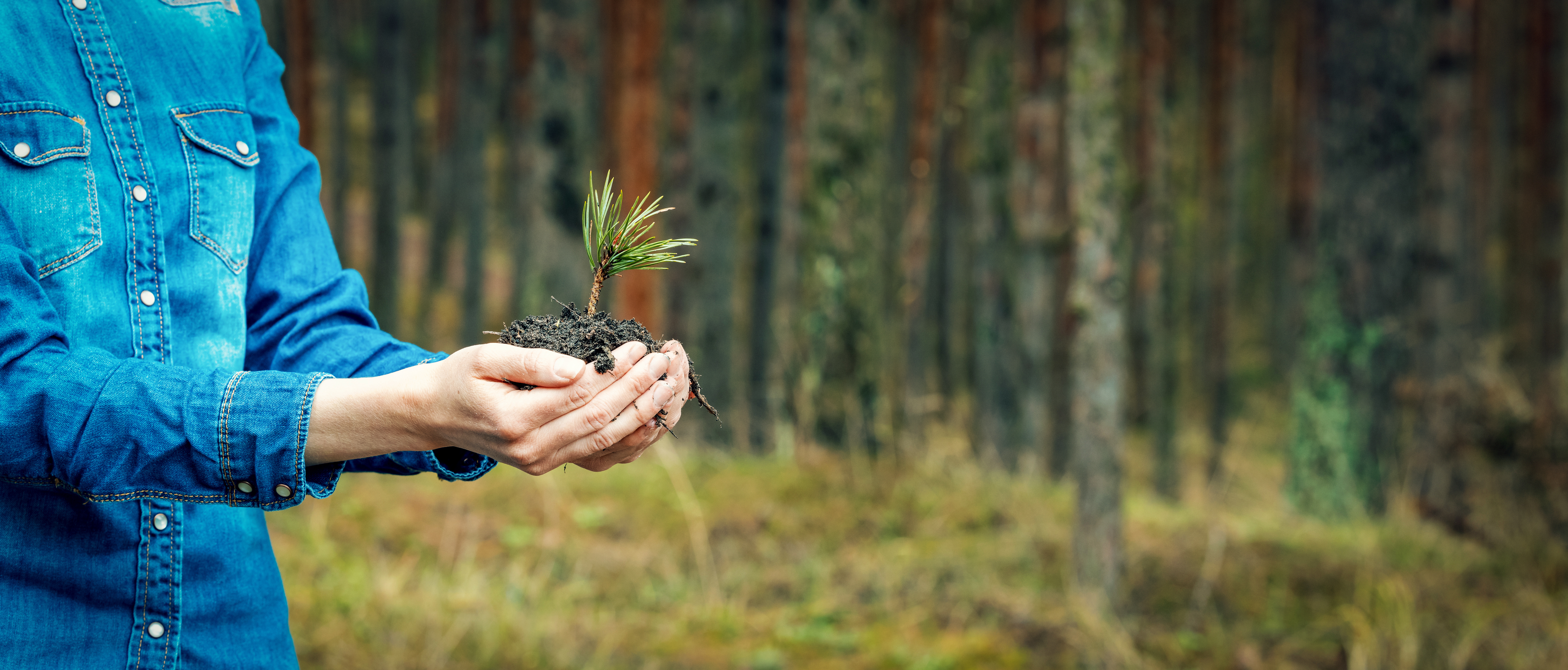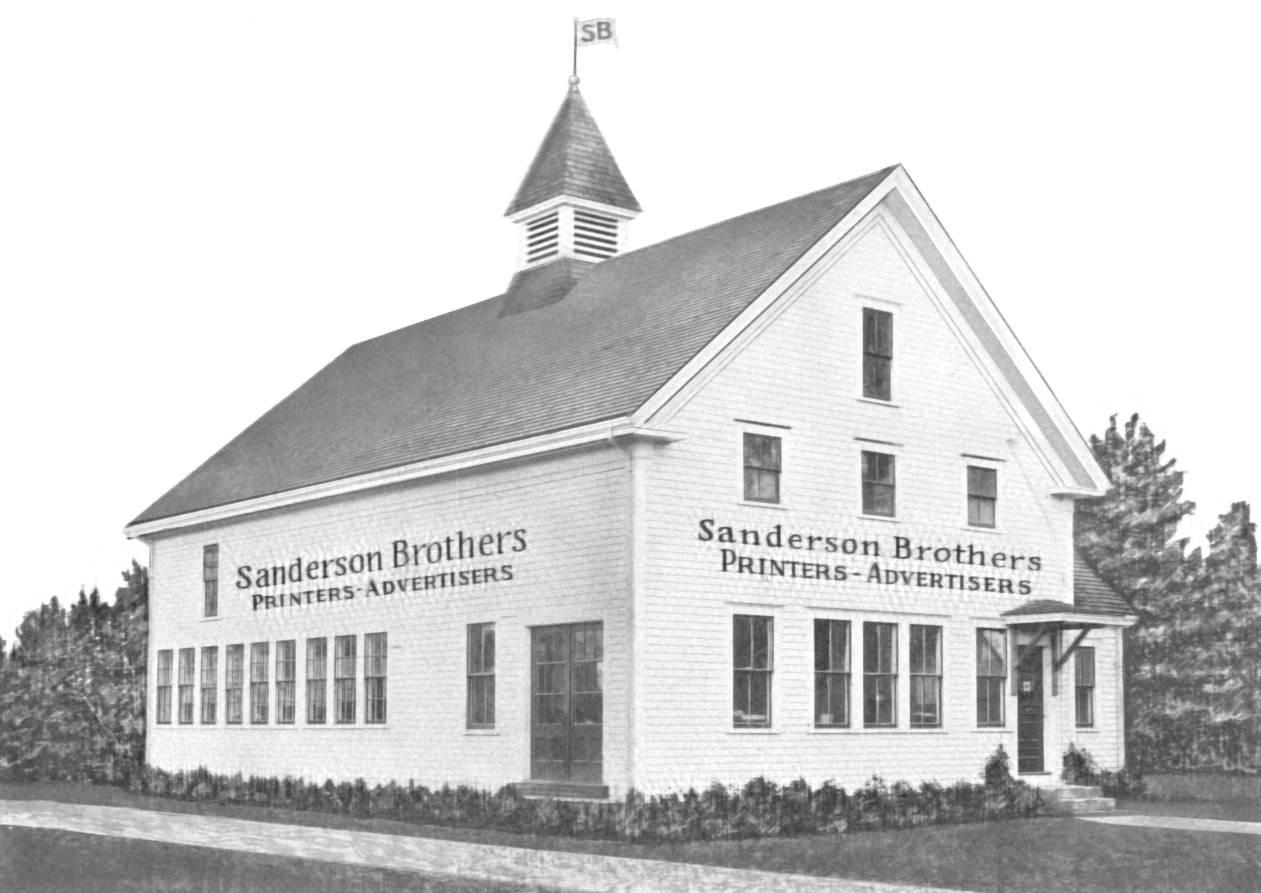Why FSC Certifications Matter
A lot of businesses, including us, like to talk about being “Forest Stewardship Council (FSC) certified.” But what does that even mean? According to FSC’s website, a certification ensures that products come from responsibly managed forests that provide environmental, social, and economic benefits. To narrow it down even further, being an FSC certified printer means we have processes that ensure the proper chain of custody for paper products used and that we have passed an official inspection of these processes. Why do we like to let people know about our certification? Because it shows that we care about the sustainable management and preservation of forests.
This is an important conversation for printers to be involved in because many people argue that the best way to preserve forests is to live as close to a paperless life as you can. However, this is based on an antiquated assumption that the paper industry is causing devastating deforestation. Paper production supports sustainable forest management because the industry keeps private landowners motivated to not only maintain but also renew their forests.
According to Two Sides, 58% of the 766 million acres of U.S. forestland (444 million acres) is privately owned. These private forests provide more than 90% of U.S. wood and paper products. Out of all the private forest land, 62% (260 million acres) is owned by families and individuals. These people play a critical role in the protection of the earth’s forests. Trees are their livelihood, so they don’t want to watch them disappear.
In one episode of Domtar’s podcast, Paper Matters, a landowner named Donna Janssen weighs in on the topic of sustainable forest management. The WL Kirby LLC timberland, which is FSC certified, is managed by her and her sister now, but before them it was managed by two other generations of women in their family. Donna says that sustainability has been a primary goal of theirs for the past 20 years or so. As time goes on, more and more scientific knowledge about how to grow trees responsibly becomes available to landowners. Donna states that the key is to examine each specific environment and fully consider its needs. For example, she’s sure to leave waterways undisturbed for the sake of native wildlife and erosion control.
Part of the argument against paper is that trees are not a true renewable resource because it takes so long for them to grow that they cannot be replaced quickly enough. However, Donna points out that before a tree reaches full maturity and is harvested, it goes through multiple rounds of thinning. Forests are thinned because it gives the trees more room to grow to their full potential. It is also a natural way to make them less susceptible to pest infestations. Prior to chopping a whole tree down, material that’s harvested from it during this beneficial thinning process is used to make paper and other forest products.
After debunking the myth that landowners must cut entire forests down in their prime if they want to make money, Donna mentions that they are currently planting more trees today than they were when her grandmother was managing the timber. The reality is that forests are a renewable resource that is continuously being replenished. Two Sides cites that over the last 60 years, the net total U.S. forestland area has increased by over 3% and the net volume of trees on forestland has increased by 58%.
However, a net loss of 16-34 million acres is projected between 2010 and 2060, but this is not due to the paper industry. This loss will be caused by urbanization and other land development. According to the U.S. Forest Service, about 6,000 acres of open space are lost to development each day — that’s a rate of four acres per minute. This development can destroy, and has destroyed, entire forest ecosystems. With all that in mind, it becomes clear that avoiding the use of paper and other forest products is not the best long-term solution for conservation, and we do need a solution.
Although forestland area in the U.S. has been stable over the last century, deforestation is still a pressing issue in other parts of the world. What drivers are contributing to this? Development should be noted again, as well as agriculture and livestock. According to the Rainforest Alliance, agriculture drives 80% of tropical deforestation. A lot of this is thanks to palm oil, which is in high demand because it’s used in a disturbing number of processed foods. When it comes to livestock, extensive cattle ranching accounts for 80% of current deforestation in many South American countries.
Thankfully, significant efforts to support sustainable forest management policies and practices are being made, and large paper manufacturers are helping. For example, in 2019 HP partnered with the World Wildlife Fund (WWF) to launch the Sustainable Forests Collaborative. Their goal is to restore, protect, and conserve 200,000 acres of forest, an area equal to the size of New York City! Over the five-year agreement, HP will contribute $11 million for WWF to restore part of Brazil's threatened Atlantic Forest and increase sustainable management of state-owned farms and forest plantations in China. This is just one project in an overall movement toward a forest positive future.
Although concerns may not need to be raised about North America specifically, companies have realized that they need to look beyond their own supply chains when it comes to their responsibility to help protect forests. This is all part of a global effort to fight climate change and preserve not only our forests, but the whole interconnected planet, for future generations. Participating does not mean stopping the use of forest products altogether. It means big businesses holding themselves accountable, small businesses choosing FSC certified papers for print projects, consumers extending the life of wood fiber by actively recycling, and increasing overall awareness of issues like the production of palm oil and rapid urban development that are contributing far more to deforestation than paper ever could. When we all do our part, we can make a big difference. That’s why seeking to become FSC certified or to work with those who are is important; it’s one step we can take to help preserve our planet.






Leave a Reply